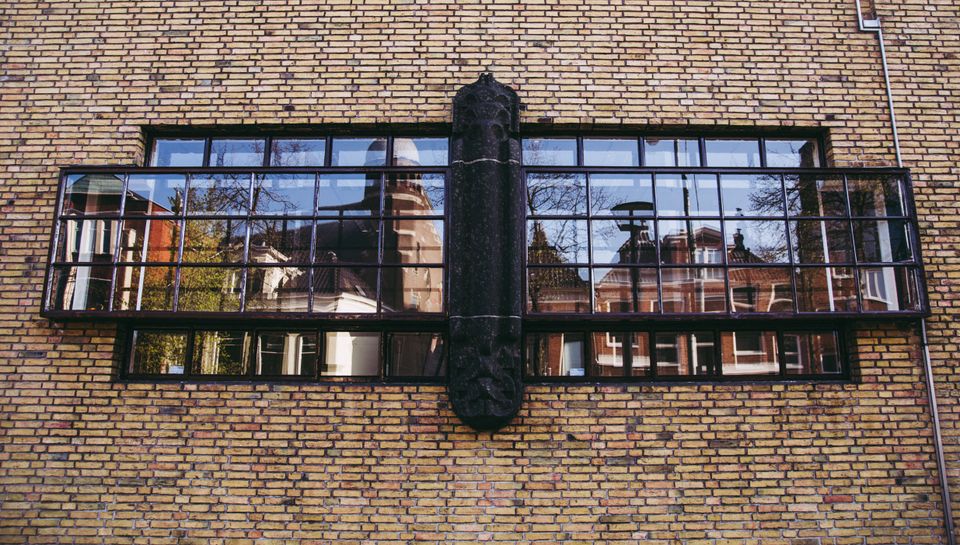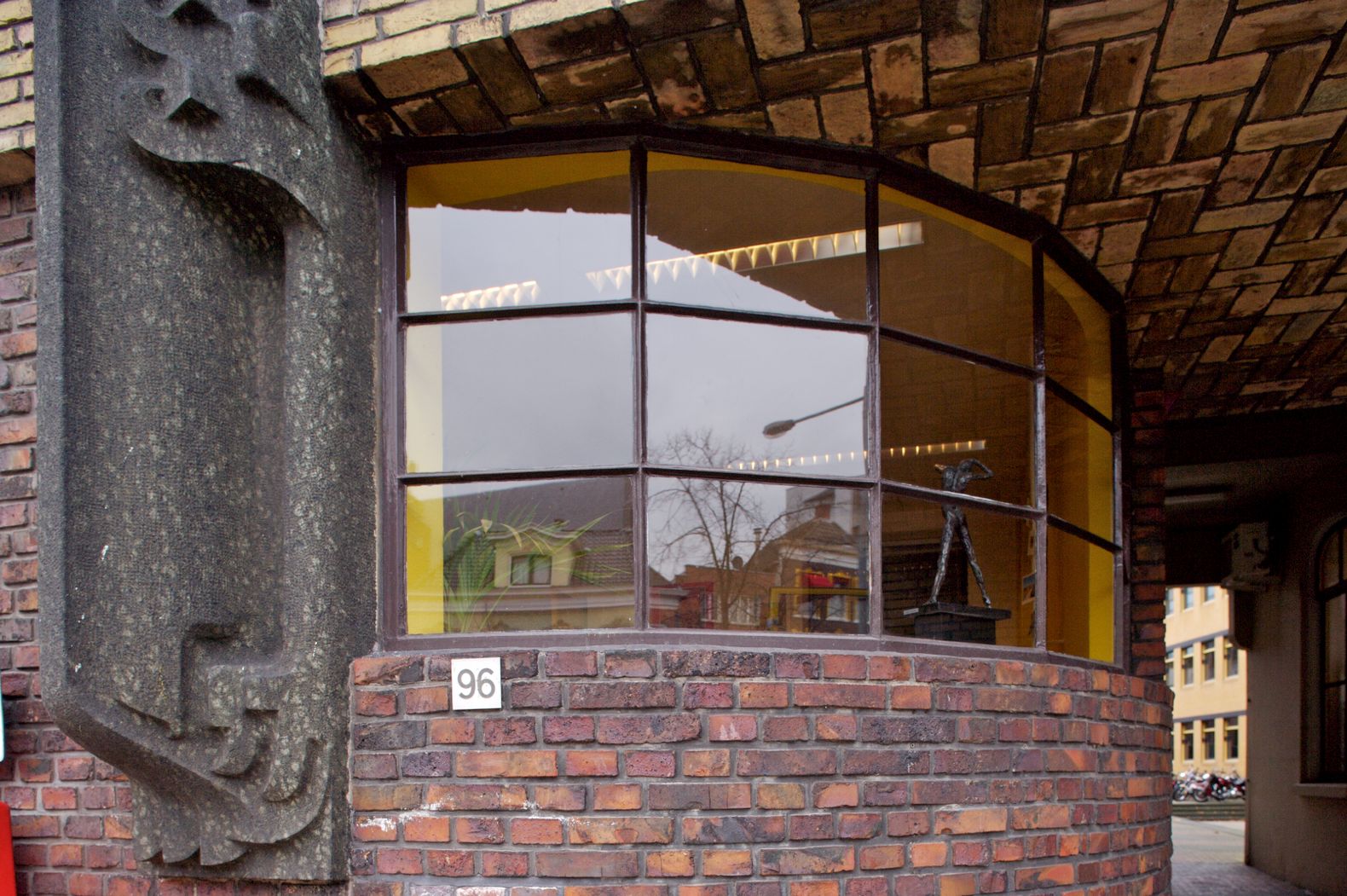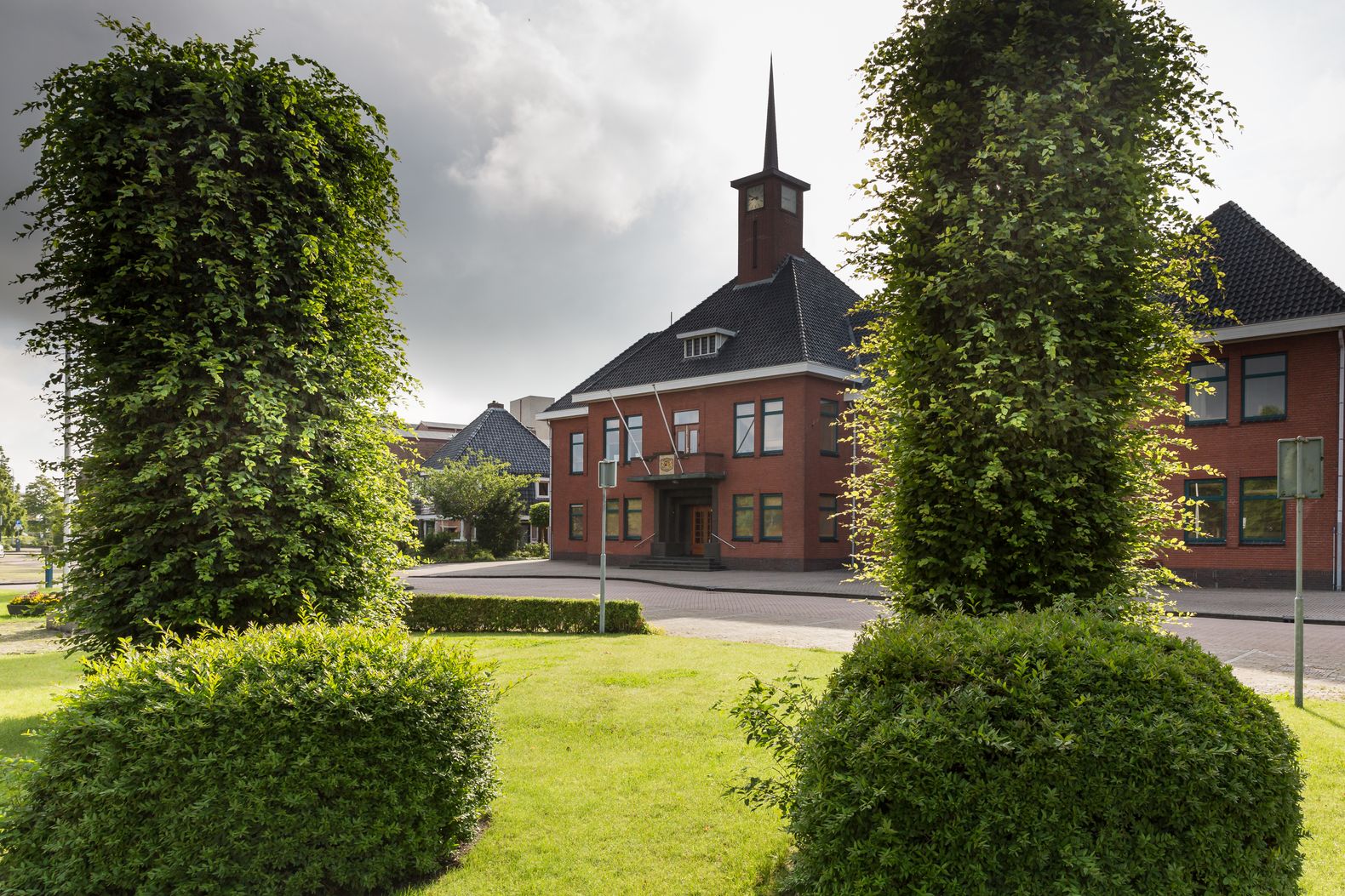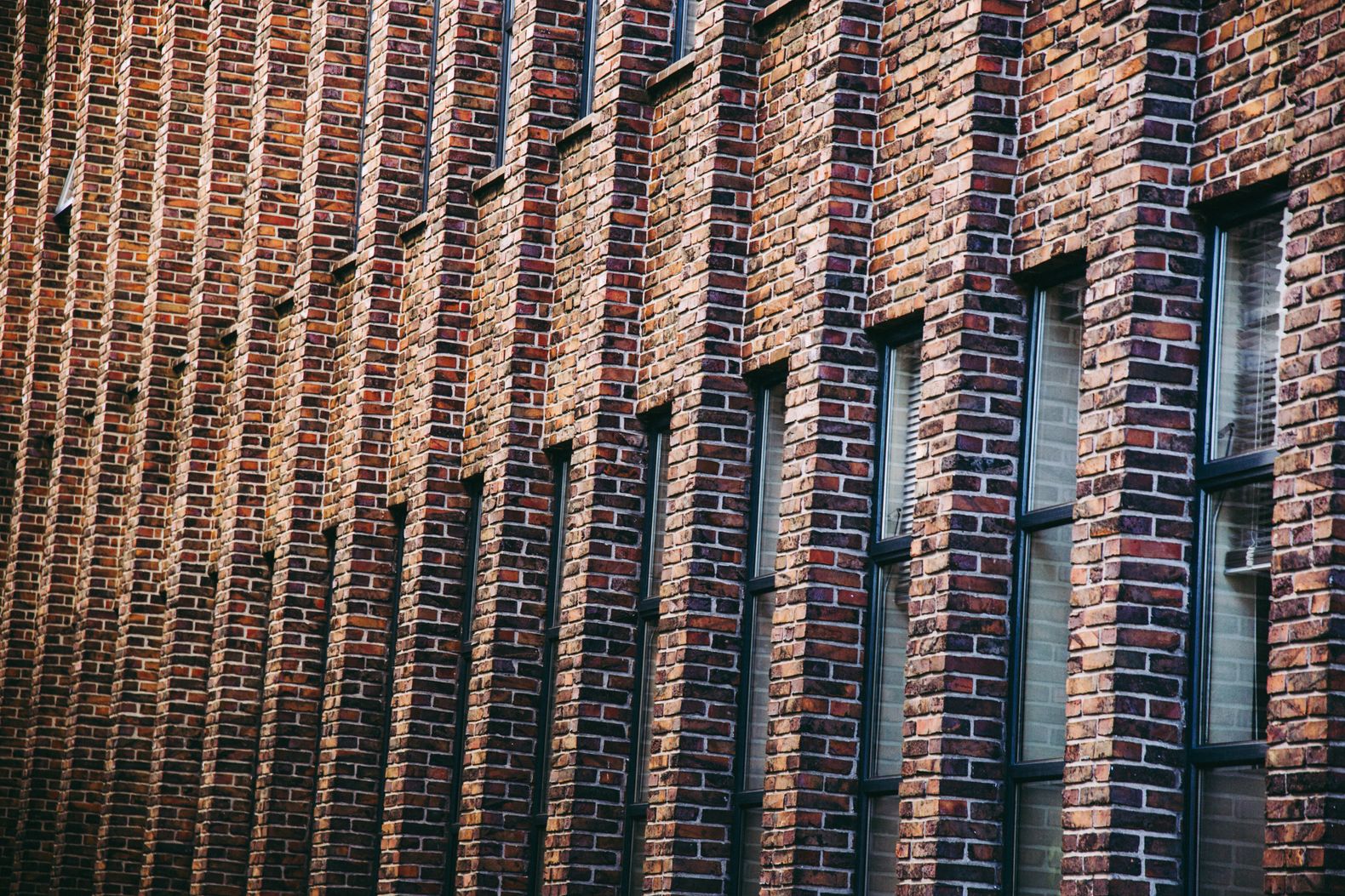Amsterdam School
Expressionist architecture with a Groningen twist
The province of Groningen is dotted with elegant red brick houses with many great details. They were constructed in the 1920s and 1930s in the Amsterdam School style, but with a Groningen twist. This is demonstrated by a slightly more modest design, and with emphasis on the brickwork.
In the city and environs
Bricks are inextricably bound up with Groningen. In 1880, no fewer than 61 brickyards were established in Groningen. It is thus no surprise that many architects felt more than comfortable with the Amsterdam School style. Entire districts in cheerful red sprang up in the city of Groningen, such as the Korrewegbuurt, the Oosterpark and the Oranjebuurt. Oud-West Delfzijl is another wonderful example of a district built according to this architectural style, with each house having different red brick decorations. The ladder-type windows, steep roofs and turrets are all typical features. But the design is never too ornate. After all, this is Groningen.
Churches by Egbert Reitsma
Egbert Reitsma was one of the architects who designed dwellings and other buildings in the Amsterdam School style. However, he achieved his actual fame through the churches he designed. The options of brick proved to suit the Groningen experience of faith to such an extent that he was commissioned to build dozens of churches. This is clearly recognisable if you stand in front of the Goede Herderkerk in Bedum or the Christian Reformed Church in Appingedam. Both are stately and grand and at the same time austere and somewhat rigid. This is where you listen to the Minister’s words with fearful awe.



